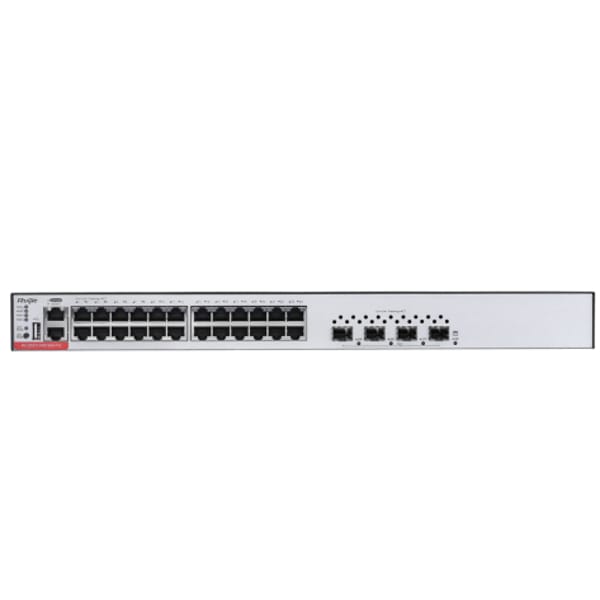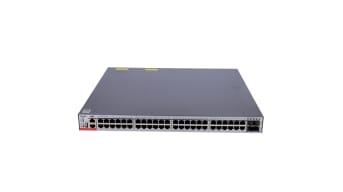

SKU:
RG-S5310-24GT4XS-P-E
Ruijie RG-S5310-24GT4XS-P-E L3-Managed PoE Switch
The Ruijie RG-S5310-24GT4XS-P-E is a Layer 3 managed POE switch with 24 Gigabit Ethernet ports and 4 10G SFP+ uplink ports. It provides Power over Ethernet (PoE) capabilities, enabling the simultaneous transmission of data and power to connected devices, making it ideal for IP surveillance and wireless access deployments.Read More
Back in stock:
Quantity
Date
Back in stock:
Quantity
Date




100% Genuine

Quick Shipping
Free shipping in UAE for all orders over AED 499
Create Requisition List
Get a Price for
- Price:
- Actual Price:
Are you sure you would like to remove this item from the shopping cart?
This item is a part of the approved quote. Removing it will remove all quote items from the cart.
Authorization
Choose how you would like to receive the confirmation code.
 $ USD
$ USD 



